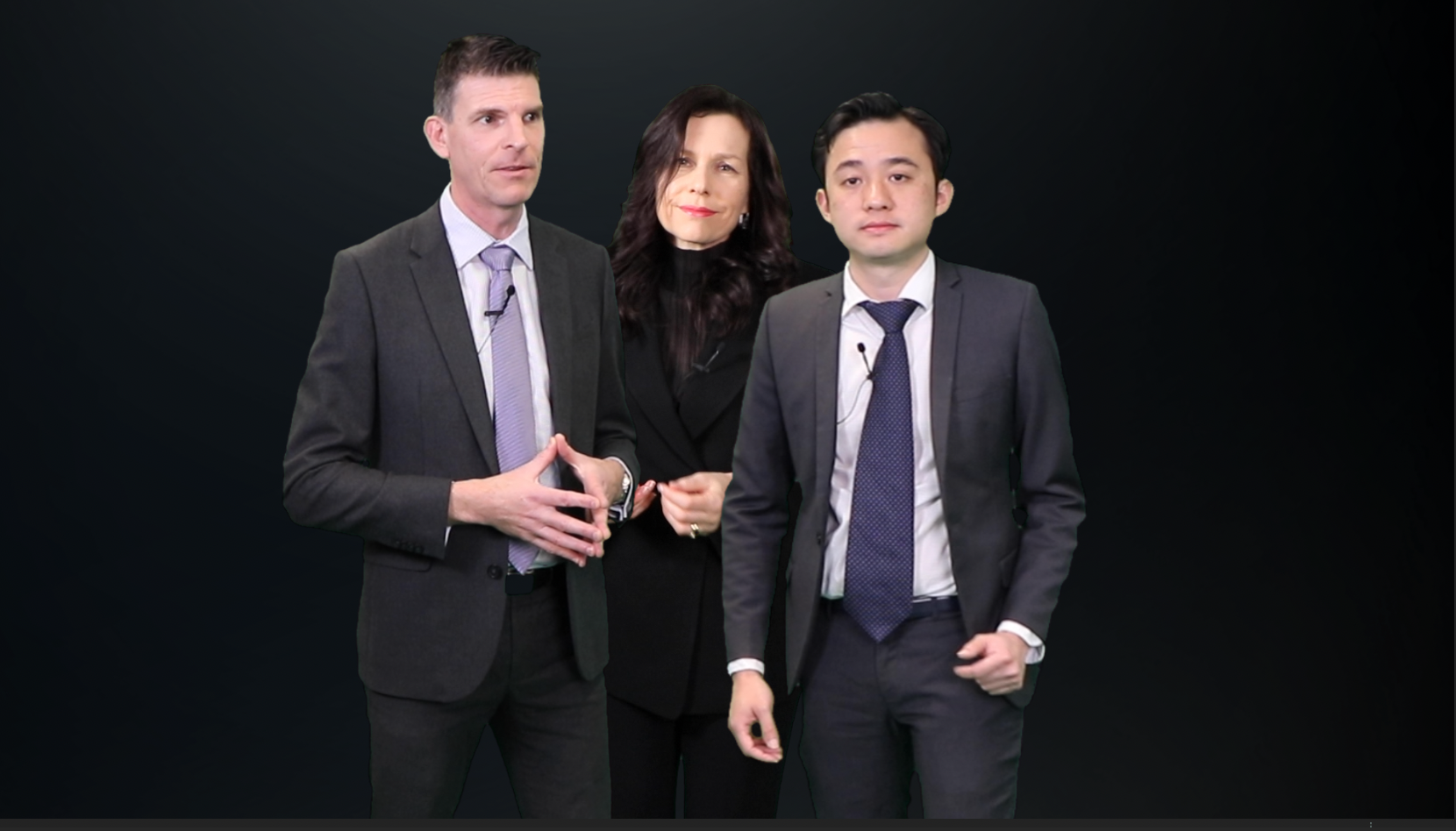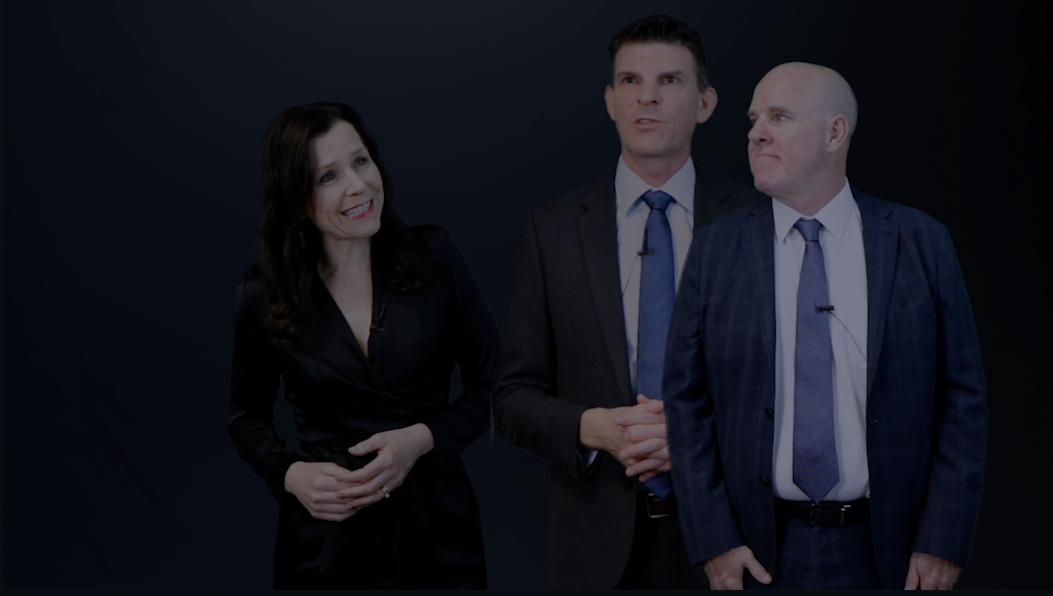June 2023 Round Up - Skills & Technology "Boosts" in play
Whew what a month! The long awaited Skills and Technology "Boosts" passed Parliament just at the point we thought the concept was dead and buried. Plus, the new consultation on the non arms length expense rules for super funds.
And, the ATO have been very active publishing final rulings and determinations in the lead up to 30 June. We look take a closer look at when labour costs are capital in nature, and the final ruling expressing the ATO's view on individual residency.
Change is a constant for the profession. The Knowledge Shop membership can help you and your team keep ahead of change with an advisers' help desk, workpaper knowledge base, quarterly PD, and more - wherever you are and however you are working. Book in a time for a tour or call the Knowledge Shop team on 1300 378 950.
Inside this month Michael Carruthers (Tax Director), Matthew Tse (Tax Adviser), Jason Hurst (Technical Superannuation Adviser) and Lisa Armstrong (MD) bring you:
Skills and Training, and Technology "Boosts" now law
We've been telling everyone to be cautious about committing to expenditure to take advantage of these "boosts" announced in the 2022-23 Federal Budget. Now the legislation has passed, your clients had 7 days to maximise any expenditure for the technology boost from the date of Royal Assent! Hmmm.
- The Skills and Training Boost provides small businesses (with aggregated annual turnover of less than $50 million) with access to a bonus deduction equal to 20% of eligible expenditure for external training provided to their employees. The additional deduction is available for expenditure incurred from 29 March 2022 until 30 June 2024.
- The Technology Boost provides small businesses with a bonus deduction equal to 20% of their eligible expenditure on expenses and depreciating assets for the purposes of their digital operations or digitising their operations. The bonus deduction is limited to $20,000 per year (i.e., on eligible expenditure up to $100,000) and applies to expenditure incurred from 29 March 2022 until 30 June 2023.
See: Treasury Laws Amendment (2022 Measures No. 4) Bill 2022
Amending the non-arm’s length expense rules
Treasury has released exposure draft legislation relating to the 2023-24 Budget measures to amend the non-arm’s length expense rules for superannuation funds.
For SMSFs and small APRA-regulated funds the tax treatment for expenses that are incurred on a non-arm's length basis will depend on whether you are dealing with a specific expense or a general expense.
- General expense - an expense that is not related to gaining or producing income from a particular asset of the fund.
- Specific expense - any other expense.
Specific expenses
The existing treatment will continue to apply. The amount of income that will be taxed as non-arm's length income (NALI) will be the amount of income derived from the scheme in which the parties were not dealing at arm’s length.
Specific expenses (related to gaining or producing income) are likely to include:
- Maintenance expenses for a rental property
- Investment advice fees for a particular pool of investments
- A limited recourse borrowing arrangement for the purchase of a specific asset
- The purchase of an asset such as a rental property or shares
An expense incurred in relation to gaining or producing income as a beneficiary of a trust through holding or acquiring a fixed entitlement to the income of a trust will always be a specific expense.
General expenses
Currently, general expenses result in all fund income being taxed at the highest marginal rate. However, the Government is planning to change this treatment.
Under the new rules, general non-arm’s length expenses will result in a maximum of twice the difference between the amount that would have been expected at arm’s length and the amount actually incurred being treated as NALI, with no deductions applying against that amount. The total amount taxed at the highest marginal rate is then capped to income minus deductions, excluding assessable contributions and deductions against them.
General expenses are likely to include:
- Actuarial costs
- Accountant fees
- Auditor fees
- Administrative costs in managing the fund
- Trustee fees
- Costs of complying with the regulatory obligations of the fund
- Investment adviser fees, where those fees relate generally to the operation of the fund and not to a specific investment or a particular pool of investments
Example 1.1 of the draft Bill deals with an accountant, Al, supplying accounting services to his SMSF (he is the sole trustee and member). The fees are worth $3,000 but are provided free of charge to the SMSF.
The acquisition of accounting services by the SMSF constitutes a scheme between Al and his SMSF in which the parties were not dealing with each other at arm’s length, and no expense was incurred when the SMSF would have been expected to have incurred an expense had the parties been at arm’s length. As a result, the non-arm’s length expenditure provisions apply.
The total income of the SMSF in 2023-24 is $20,000 in rent from a rental property to which $5,000 in eligible deductions for maintenance apply, resulting in a taxable income in 2023-24 of $15,000. No assessable contributions were made in that income year.
The accounting services are general in nature. The amount of NALI under the 2 factor approach will be twice the amount that might have been expected to have been incurred: $3,000 x 2 = $6,000.
Applying the cap on the total non-arm’s length component, the cap amount is the total of income other than assessable contributions, minus deductions other than deductions against assessable contributions. In this case, the cap is the $20,000 in rental income minus the $5,000 in deductions against that rental income, giving $15,000. As the cap on the total non-arm’s length component is higher than the non-arm’s length component arrived at above, the non-arm’s length component remains at $6,000, to be taxed at the highest marginal rate. This leaves a low-tax component of $9,000. The low tax component is any remaining taxable income after calculating the non-arm’s length component.
Date of application
The changes are intended to apply to income derived in the 2023-24 income year or later income years, and expenses incurred or expected to have been incurred on or after 1 July 2023.
APRA funds will be excluded from the non-arm’s length income rules.
New finalised rulings and determinations
The ATO have pushed to finalise a series of rulings and determinations this month. Of note are:
Final ruling on residency tests for individuals
TR 2023/1 provides updated guidance on the application of the four residency tests for individuals. The ruling is the finalised version of TR 2022/D2 and consolidates previous guidance in this area.
The ruling explains the circumstances in which each of the four residency tests are more likely to be relevant. For example, the ATO indicates:
- The ordinary concepts test is mainly relevant for taxpayers who are (or have been) physically present in Australia;
- The domicile test is most likely to be applicable where a taxpayer has previously been living in Australia but has now moved overseas, or when individuals frequently travel overseas during a year;
- The 183 day test is more relevant to taxpayers who were not previously residents but have come to Australia.
The final ruling is similar to the draft ruling in many respects, although the ATO has added some further examples and updated some of the commentary in response to feedback received from the tax community.
While the ruling doesn’t cover every conceivable scenario that practitioners will encounter, this should be a useful reference point when dealing with clients who move between countries.
The ATO briefly refers to situations where an individual might be classified as a resident of Australia and one or more foreign countries, but the ruling doesn’t look at this area in detail. When practitioners come across clients who are classified as dual residents it is vital to determine whether a double tax agreement (DTA) could potentially apply. Many DTAs contain tie-breaker tests for dealing with dual residents, although the tests can vary between different DTAs so this always needs to be approached carefully.
When labour costs are capital in nature
TR 2023/2 explains when labour costs related to constructing or creating capital assets (tangible or intangible) could potentially be classified as capital expenses. Capital expenses cannot qualify for an immediate deduction under the general deduction rules in section 8-1 ITAA 1997.
While remuneration paid to employees and contractors is often revenue in nature and can be claimed as an upfront deduction, this won’t always be the case. The ruling confirms that labour costs will be capital in nature if they are incurred specifically in relation to the construction or creation of a capital asset. On the other hand, labour costs that only have a remote or incidental connection with the capital asset should not be capital in nature and will often be deductible.
The ATO notes that employees might be specifically employed for both constructing or creating capital assets and other duties, in which case an apportionment of the expenses will need to be considered.
While working through this analysis could be difficult in some cases, the ATO provides the following examples of costs that are likely to be on revenue account even though an infrequent, minor or incidental amount of the individual’s time is devoted to the construction or creation of capital assets:
- A human resource manager responsible for all of the employees or personnel of an established and ongoing business, including employees or personnel constructing or creating a capital asset;
- A finance manager responsible for all of the ongoing financial aspects of an established and ongoing business, including the finance aspects of constructing or creating a capital asset;
- A general manager responsible for overseeing the ongoing operations of an established and ongoing business, and who spends some time overseeing the construction or creation of a capital asset; and
- A general counsel responsible for all general legal affairs of an established and ongoing business, including the legal aspects of constructing or creating a capital asset.
Share this
You May Also Like
These Related Stories

June 2022 Round Up - the latest section 100A guidance

Jan 2025 Round Up | The looming Div 7A problem areas


No Comments Yet
Let us know what you think